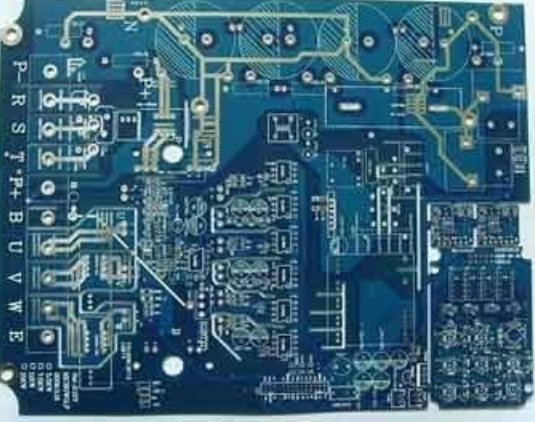As a customer, you should go to the supplier's site to understand its cost structure, production efficiency, and quality control. As a supplier, you should go to the customer’s site to understand its production process in order to better serve the customer. As a colleague, if you have the opportunity to visit other circuit board factories, it is also a very good opportunity for learning, comparison and reference.
Many factories in China are very happy. The bigger the production workshop, the better. As a result, the utilization rate is often low. The equipment and process layout is very scattered. In addition to wasting space, materials are also being transported in a large amount of unnecessary in the factory. However, most circuit board factories in developed countries do not look so spectacular or even slightly cramped, but they have high space utilization and high circulation efficiency.
The production materials used on the day should be stored along the production line instead of being stored separately in several storage areas. Tools and tooling should be placed as close to the machine as possible. The layout of the PCB circuit board factory should ensure the smooth flow of products and try to avoid any partitions. If you see long material handling distances, repeated handling routes, or multiple handling times in a factory, it means that the layout is unreasonable, the space utilization is not ideal, and the production line is not assembled as much as possible.

When walking around the workshop, you can pay attention to observe whether there is uneven busyness. For example, when the machine is automatically processing, workers are doing nothing nearby for a long time, or workers at some stations are waiting for materials for a long time. The existence of this phenomenon shows that the factory lacks lean management, the utilization rate of personnel is low, and idle employees will also affect the working atmosphere of other people, and the overall work efficiency is low, and the cost is bound to be higher.
You should pay attention to whether the workshop’s light is sufficient, whether the air circulation is smooth, whether there is any peculiar smell, whether there is too much noise, whether the workshop is tidy, because these will directly affect the mood of workers, and then affect production efficiency and product quality. It is hard to imagine a circuit board factory with lazy, low, and indifferent on-site atmosphere, with employees or grievances or doing nothing to make good products and create benefits.
On-site observation should focus on how the workshop handles defective products. A good circuit board factory will expose the problem, rather than cover up defective products and waste products.
The traceability of the PCB semi-finished products can also be easily seen on site. In a good circuit board factory, each component has a card or a document to follow the circulation, indicating the source, the processing personnel, the equipment used and other information. Any problem found in any process can be easily traced back to the source. It is also easy to improve.
By observing the number and proportion of defective products, it can also be preliminarily judged whether the quality control process of a PCB factory is qualified.
Visual management is the basis of many advanced management methods, and it is an intuitive communication of the management level of a PCB manufacturer. In a well-managed factory, visual tools are everywhere. Including the organization and standardization of the workplace, the visualization of result indicators, the visualization of standard operations, the visualization of control indicators, the visualization of automatic error prevention and correction, alarm mechanisms, and so on.
The visual management kanban can be divided into static and dynamic management kanban. The static kanban is mainly to convey the long-term management philosophy of the organization, and the dynamic kanban is the management information that managers must grasp at any time, and it can better reflect the management level and ability of a factory.
In a good PCB circuit board factory, the equipment is clean and well maintained, and the relevant information of the equipment is clear at a glance and updated in real time. In the machining workshop of a foundry, although the various lathes are not very advanced and even have a long history, they are all operating in good condition. For example, the model, purchase date, price, supplier, repair records, maintenance records, etc. of the equipment are recorded on the equipment. In addition, the daily checklist is also very complete. Some checklists clearly record the hidden dangers discovered by the operator, as well as the signature and handling plan of the equipment department. This shows that equipment management and maintenance have formed a benign system.